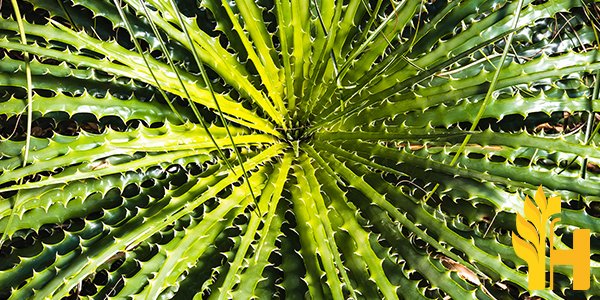Sisal price

Where to buy and sell Sisal, lowest (cheapest) and highest price.
check offers buy sell SisalToday price for SisalSisal
Sisal is a plant that is native to Mexico and Central America. It is a member of the Agave family, and its scientific name is Agave sisalana. The plant grows to be about 6-10 feet tall and has long, sharp leaves. The fibers of the plant are used to make rope, twine, and other products. Sisal is a hardy plant and can grow in many different climates. It is also drought-tolerant and can survive in poor soils. The plant does best in full sun and needs little water to thrive. Sisal is harvested by cutting the leaves off at the base of the plant. The fibers are then extracted from the leaves and used to make various products. Sisal is a versatile material that can be used for many different purposes. It is strong and durable, making it an ideal material for ropes and twine. It is also resistant to mold and mildew, making it a good choice for upholstery and other household items. Thanks to its many benefits, sisal is a popular material that is used in a variety of applications. Sisal is a durable, natural fiber that can be used for a variety of purposes. It is often used to make rope and twine, as well as mats and other textiles. Sisal is also popular in home décor, as it can be used to make baskets, rugs, and other items. Fiber is also used in the production of paper and insulation. Sisal is native to Mexico and Central America, but it is now grown in many other parts of the world, including Africa, Asia, and the Caribbean. The plant grows best in hot, dry climates. Sisal plants can grow up to 15 feet tall and produce long, green leaves. The leaves are used to make the fiber. Sisal fiber is strong and durable, making it ideal for a variety of uses. It is often used to make rope and twine, as well as mats and other textiles. Sisal is also popular in home décor, as it can be used to make baskets, rugs, and other items. Fiber is also used in the production of paper and insulation. Sisal is a versatile material that can be used for a variety of purposes. It is strong and durable, making it ideal for a variety of uses. Whether you are looking for a natural fiber to use in your home décor or you need a tough material for a project, sisal is a great option. Sisal is a tropical plant that is used to produce a variety of products, including rope, paper, and textiles. The plant is native to Mexico and Central America, but it is now cultivated in many other parts of the world. Sisal plants are typically grown in hot, dry climates. They require little water and can tolerate poor soils. Sisal plants can reach a height of up to 15 feet (4.5 meters). The leaves of the sisal plant are long and sharp. The plant produces yellow or white flowers. Sisal plants are harvested by cutting down the entire plant. The leaves are then stripped from the stem and used to make rope, paper, or fabric. Sisal rope is strong and durable. It is often used in construction, agriculture, and maritime applications. Sisal paper is made by pressing the plant's leaves into thin sheets. It is used for a variety of purposes, including packaging and insulation.Global sisal production
Sisal is a tropical plant that is native to Mexico and Central America. It is widely cultivated in many other parts of the world, including Africa, South America, and the Caribbean. Sisal is a major source of fiber for rope, twine, and other industrial uses. In recent years, sisal has also become popular as a material for making carpets and other floor coverings. Sisal is a member of the Agave family, which also includes plants such as tequila and mezcal. The sisal plant grows to a height of about 20 feet (6 meters) and has long, stiff leaves that end in sharp points. Sisal is propagated from stem cuttings or by seed. It takes about three years for a sisal plant to mature enough to be harvested for fiber. The main producing countries of sisal are Brazil, Tanzania, Kenya, and Mozambique. Together, these countries account for more than 70% of global production. Sisal is also grown in a number of other countries, including Mexico, Guatemala, Ivory Coast, Madagascar, and the Philippines. In recent years, there has been a growing demand for sisal as a sustainable and eco-friendly material. Sisal is biodegradable, durable, and renewably sourced. It can also be used to make products that are recyclable or compostable. As a result, sisal is becoming an increasingly popular choice for a wide range of applications.Download our new
Husfarm App
Stay up to date with the current prieces of agricultural products all over the world.
Do you want to sell agricultural products?
Are you an Agricultural processor looking for high-quality products to buy?
Post an ad for FREE!
